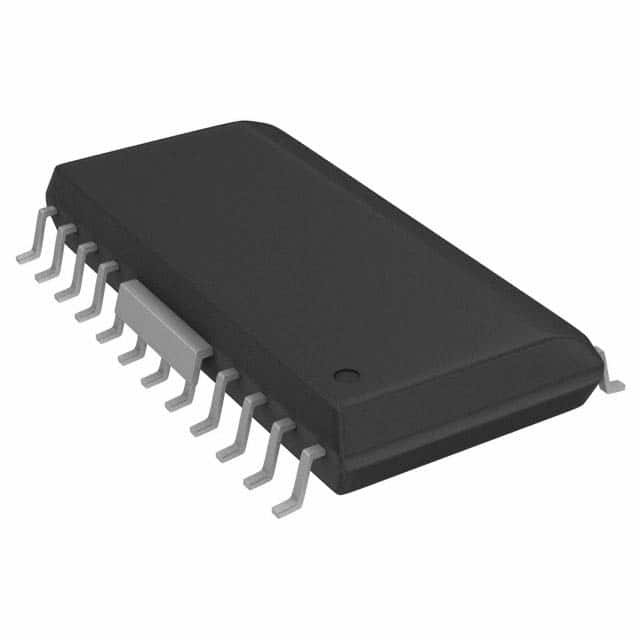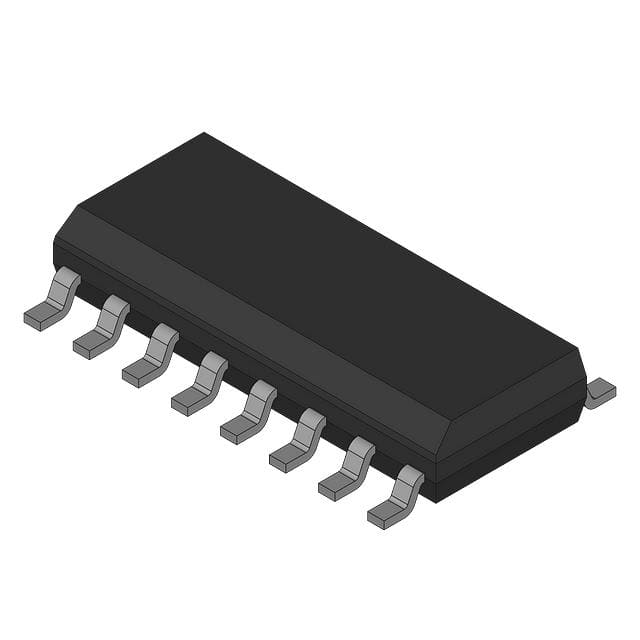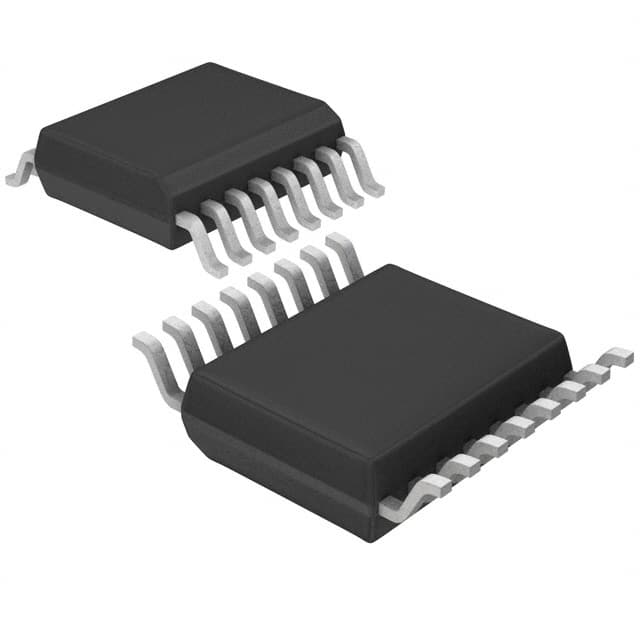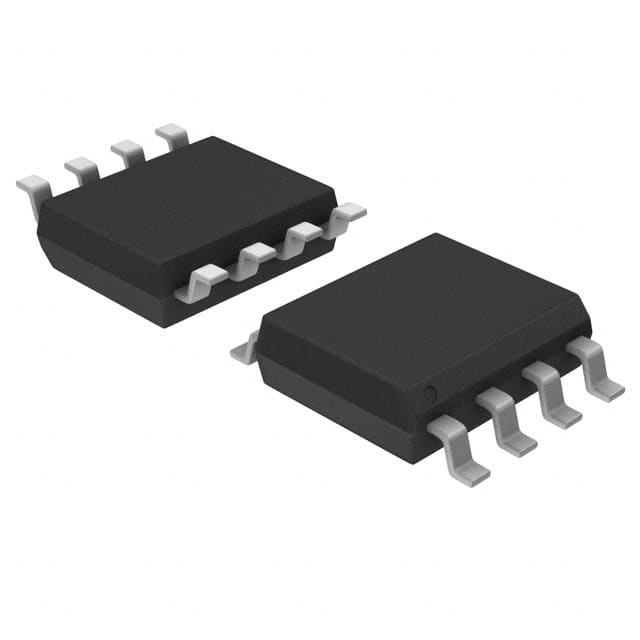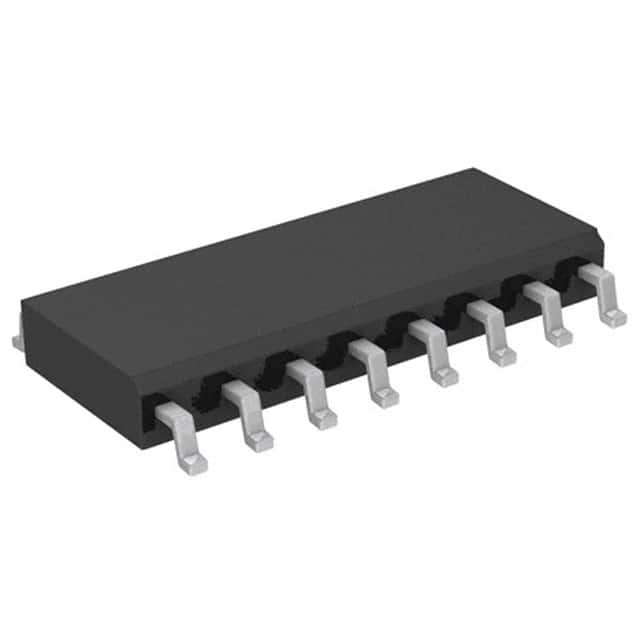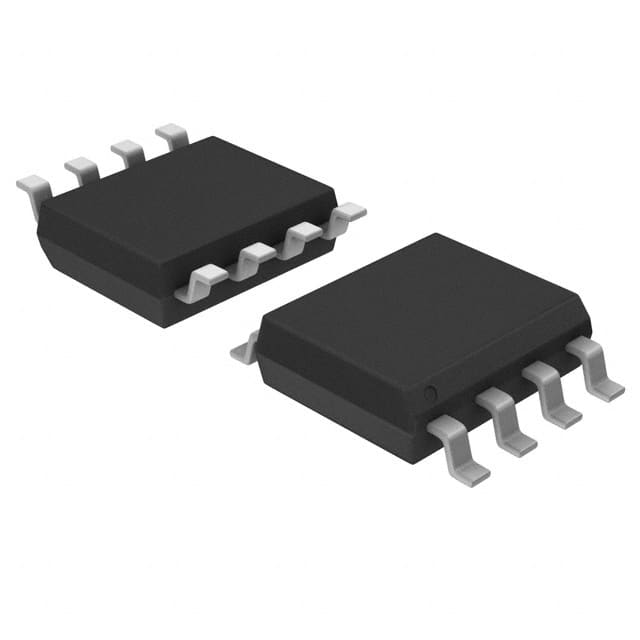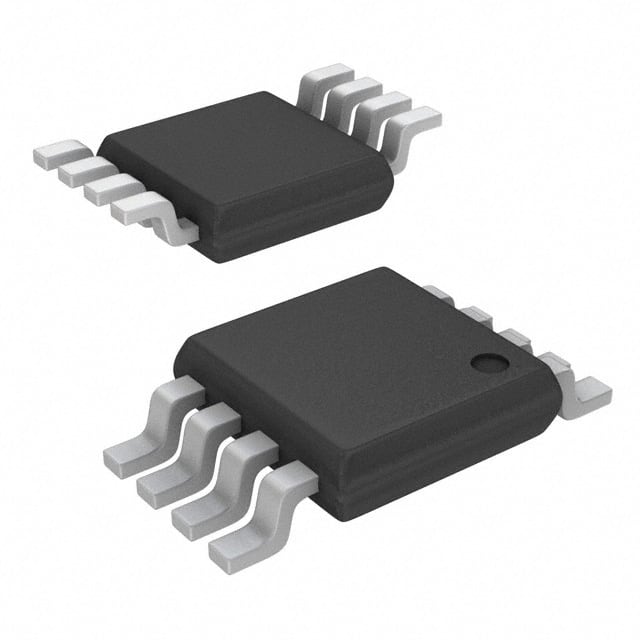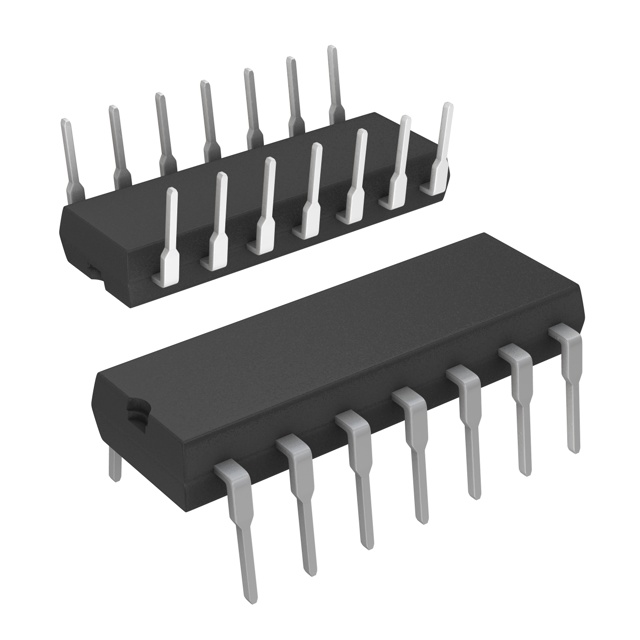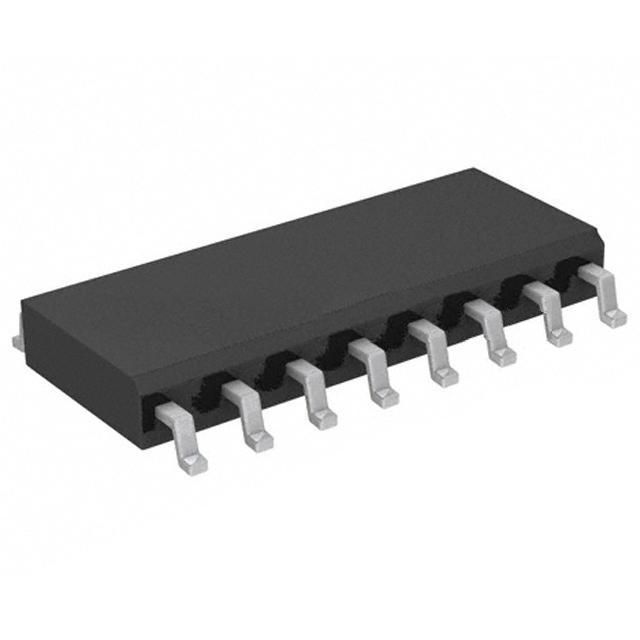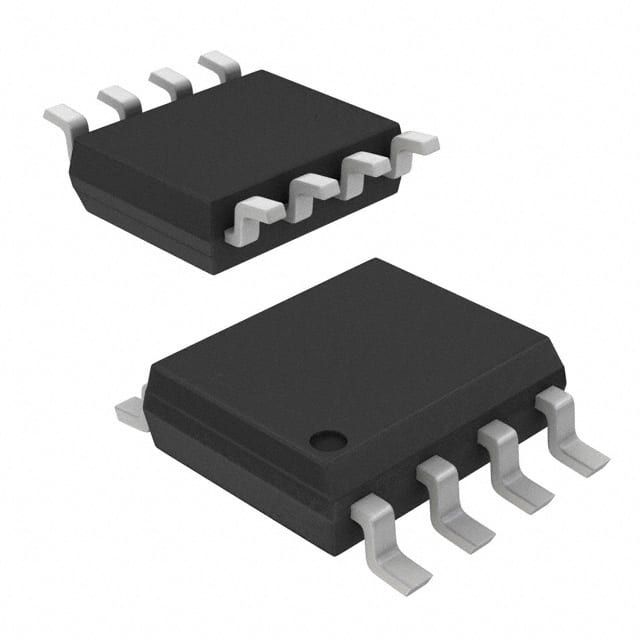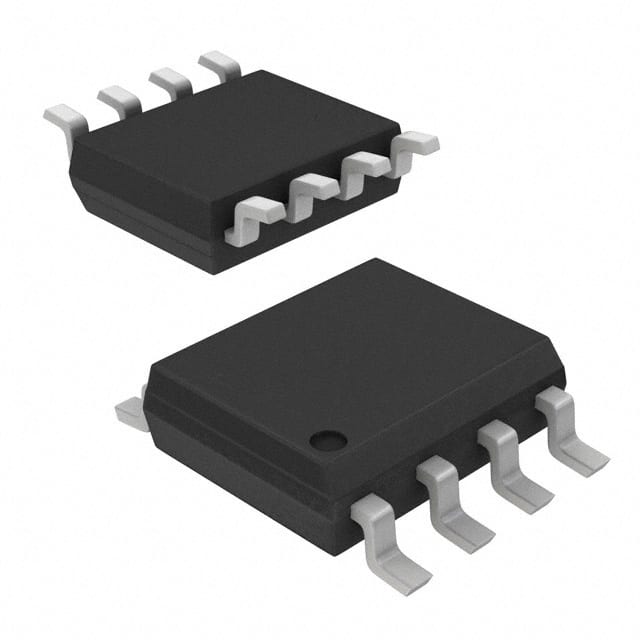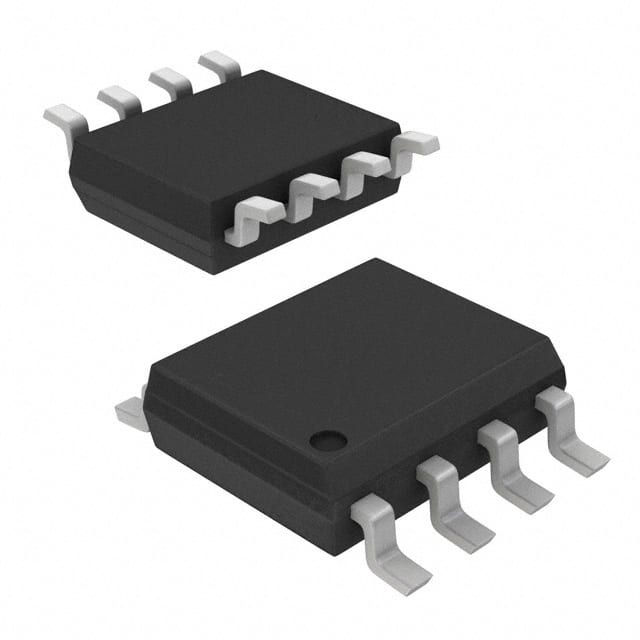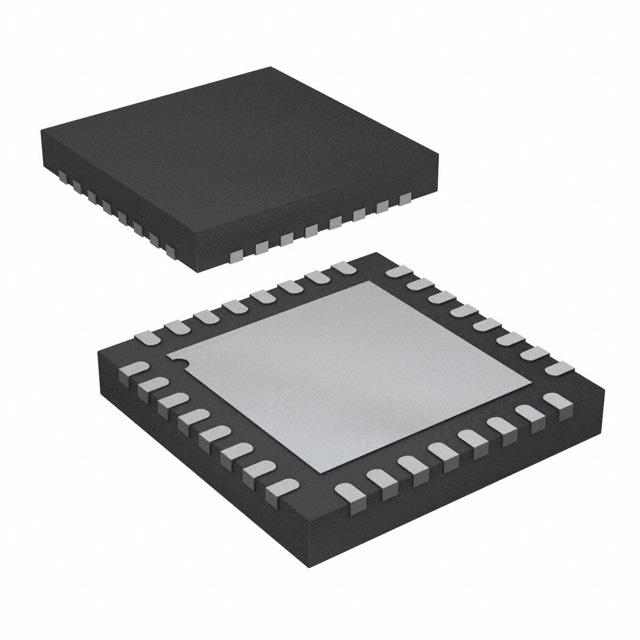AD8016ARBZ-REEL Product Introduction:
Analog Devices Inc. Part Number AD8016ARBZ-REEL(Interface - Drivers, Receivers, Transceivers), developed and manufactured by Analog Devices Inc., distributed globally by Jinftry. We distribute various electronic components from world-renowned brands and provide one-stop services, making us a trusted global electronic component distributor.
AD8016ARBZ-REEL is one of the part numbers distributed by Jinftry, and you can learn about its specifications/configurations, package/case, Datasheet, and other information here. Electronic components are affected by supply and demand, and prices fluctuate frequently. If you have a demand, please do not hesitate to send us an RFQ or email us immediately sales@jinftry.com Please inquire about the real-time unit price, Data Code, Lead time, payment terms, and any other information you would like to know. We will do our best to provide you with a quotation and reply as soon as possible.
Introducing the Analog Devices Inc. AD8016ARBZ-REEL, a high-performance, low-power operational amplifier designed to meet the demanding requirements of today's precision applications. With its exceptional performance and versatile features, this amplifier is the perfect choice for a wide range of applications.
The AD8016ARBZ-REEL boasts a unity-gain bandwidth of 1.5 GHz, making it ideal for high-speed signal conditioning and amplification. Its low input bias current and low input voltage noise ensure accurate signal processing, while its high slew rate enables fast signal response. Additionally, this amplifier offers a wide supply voltage range of ±5V to ±15V, providing flexibility in various power supply configurations.
This amplifier is well-suited for a variety of application fields. In the telecommunications industry, it can be used for high-speed data transmission and signal conditioning in optical networks. In the medical field, it can be employed for precise signal amplification in diagnostic equipment. Furthermore, it is suitable for use in test and measurement equipment, as well as in industrial automation systems.
The AD8016ARBZ-REEL is housed in a small, space-saving package, making it easy to integrate into any design. Its robust construction ensures reliability and longevity, even in harsh operating conditions. With its exceptional performance and wide range of applications, the AD8016ARBZ-REEL is the go-to choice for engineers and designers seeking a high-performance operational amplifier.
Interface - Drivers, Receivers, Transceivers are all important components in integrated circuits (ics) to achieve signal transmission. The driver interface is responsible for converting internal logic signals into signals suitable for long-distance transmission or driving external loads, ensuring signal integrity and stability. It usually includes signal amplification, level switching, and necessary protection circuits to match the electrical requirements of different systems. The receiver interface, by contrast, receives an external signal, converts it to an internal logic level, and performs noise suppression and signal integrity checks to ensure that data is transmitted accurately to the internal circuit. The transceiver interface is a combination of driver and receiver, which can realize the transmission and reception of signals on the same device. It usually includes transmitting and receiving subsystems, transmitting part is responsible for signal generation, modulation and amplification, receiving part is responsible for signal reception, demodulation and processing.
Application
Interface - Drivers, Receivers, Transceivers are widely used in various high-speed communication and signal processing occasions. In network devices such as data centers, servers, and switches, they are key components to implement high-speed interface protocols such as high-speed Ethernet and Fibre Channel. In the field of consumer electronics, such as smartphones, tablets, HDTVS, etc., these interfaces support HDMI, USB, DisplayPort and other high-definition audio and video transmission standards, providing excellent audio and video experience. In addition, in industrial automation, automotive electronics, aerospace and other fields, these interfaces also play an important role in enabling reliable communication and precise control between devices. With the rapid development of the Internet of Things (IoT) and 5G communication technology, the application field of driver interface, receiver interface and transceiver interface will be further expanded, providing powerful communication support for more intelligent and interconnected devices and systems.
FAQ about Interface - Drivers, Receivers, Transceivers
-
1. What is an interface driver?
An interface driver is a special program that allows the operating system to control hardware devices through a specific interface. The interface driver is equivalent to a bridge between the hardware and the system, enabling the operating system to identify and control various hardware devices.
The main function of the interface driver is to handle tasks such as data transmission, device identification and resource allocation, ensuring that the hardware devices can be correctly connected and recognized and used by the system.
-
2.
What is a transceiver IC?
A transceiver IC is an integrated circuit that is mainly used to realize the sending and receiving functions of signals. It can be used in different communication systems. According to the specific application scenario, the transceiver IC can realize the conversion between electrical signals and optical signals and radio frequency signals.
The specific types of transceiver ICs include optical transceiver chips and radio frequency transceiver chips. Optical transceiver chips are mainly used in optical fiber communication systems to realize the conversion between optical signals and electrical signals. They are the basic chips of the physical layer of optical fiber broadband networks. Radio frequency transceiver chips are used in radio communications. As a "translator" between radio waves and digital signals, they realize the conversion between baseband signals and radio frequency signals. They are widely used in 5G base stations, industrial Internet, Internet of Vehicles and other fields.
-
3. What are transceivers used for?
Transceivers are mainly used to convert digital signals into optical signals or electrical signals for data transmission in computer networks. The transceiver consists of two parts: a transmitter and a receiver. The transmitter converts the digital signal into an optical signal or an electrical signal and sends it to the network, while the receiver converts the received optical signal or electrical signal back into a digital signal for computer processing.
The working principle of the transceiver is based on photoelectric conversion and electro-optical conversion technology. At the transmitting end, the transceiver converts the digital signal into an optical signal or an electrical signal and transmits it to the remote device through modulation technology; at the receiving end, the transceiver converts the received optical signal or electrical signal back into a digital signal through demodulation technology for local device processing.
The application scenarios of transceivers are very wide, including local area networks, wide area networks, wireless networks, satellite communications, optical fiber communications, robots and IoT devices. They are widely used in computer networks, communication equipment, industrial automation and other fields to realize data transmission and communication between different devices.
 Lead free / RoHS Compliant
Lead free / RoHS Compliant



